Hoverflies may tend to mimic beasts that sting but they are an altogether more likeable bunch, IMHO. They come in an array of patterns and sizes and we’ve grown to love them. Our Hover-fly collection seems to be just about enough for a dedicated page, now, so here they are.
I’ve given up trying to follow a book sequence because I have trouble finding particular species in what sometimes appears to be a random sequence. It is also complicated when you start including a few foreign specimens. So, in this case I’m using alphabetical sequence of binomial name.
| Anasimyia contracta | Cheilosia albitarsis | Cheilosia illustrata |
 |
 |
 |
| Cheilosia variabilis | Chrysotoxum bicinctum | Chrysotoxum cautum |
 |
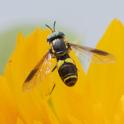 |
 |
| Chrysotoxum festivum | Chrysotoxum intermedium | Dasysyrphus albostriatus |
 |
 |
 |
| Dasysyrphus albostriatus | Dasysyrphus venustus agg | Epistrophe eligans |
 |
 |
 |
| Episyrphus balteatus | Eristalinus punctulatus | Eristalis arbustorum |
 |
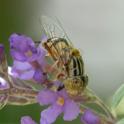 |
 |
| Eristalis intricaria female | Eristalis nemorum | Eristalis pertinax |
 |
 |
 |
| Eristalis pertinax | Eristalis tenax | Eupeodes corollae |
 |
 |
 |
| Eupeodes luniger | Ferdinandea cuprea female | Helophilus fasciatus |
 |
 |
.jpg) |
| Helophilus pendulus | Helophilus trivittatus | Leucozona lucorum |
 |
 |
 |
| Melangyna cincta | Melanostoma scalare | Meliscaeva auricollis |
 |
 |
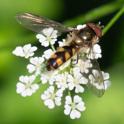 |
| Meliscaeva cinctella | Merodon equestris | Myathropa florea |
 |
 |
 |
| Palpada furcata | Paragus haemorrhous | Parhelophilus frutetorum |
.jpg) |
 |
 |
| Pipiza sp | Platycheirus albimanus | Platycheirus rosarum |
 |
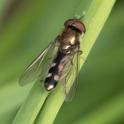 |
 |
| Rhingia campestris | Scaeva selenitica | Sericomyia lappona |
 |
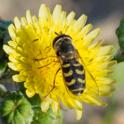 |
 |
| Sphaerophoria scripta | Syritta sp | Syrphus ribesii |
 |
 |
 |
| Syrphus torvus | Syrphus vitripennis | Volucella bombylans |
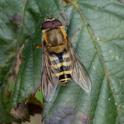 |
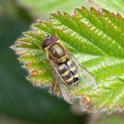 |
 |
| Volucella inanis | Volucella pellucens | Volucella zonaria |
 |
 |
 |
| Xanthogramma citrofasciatum | Xanthogramma pedisequum | Xylota segnis |
 |
 |
 |

Leave a Reply